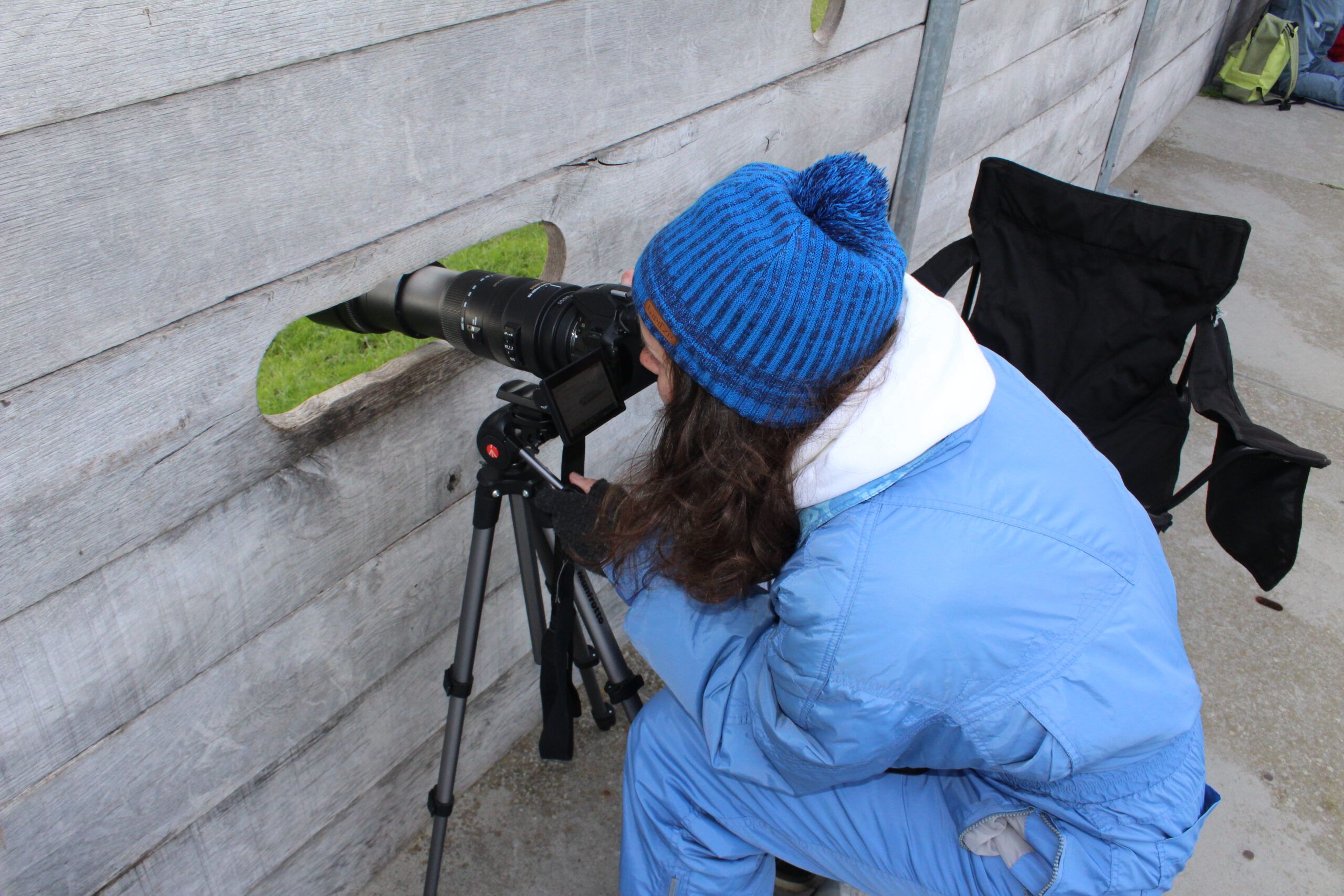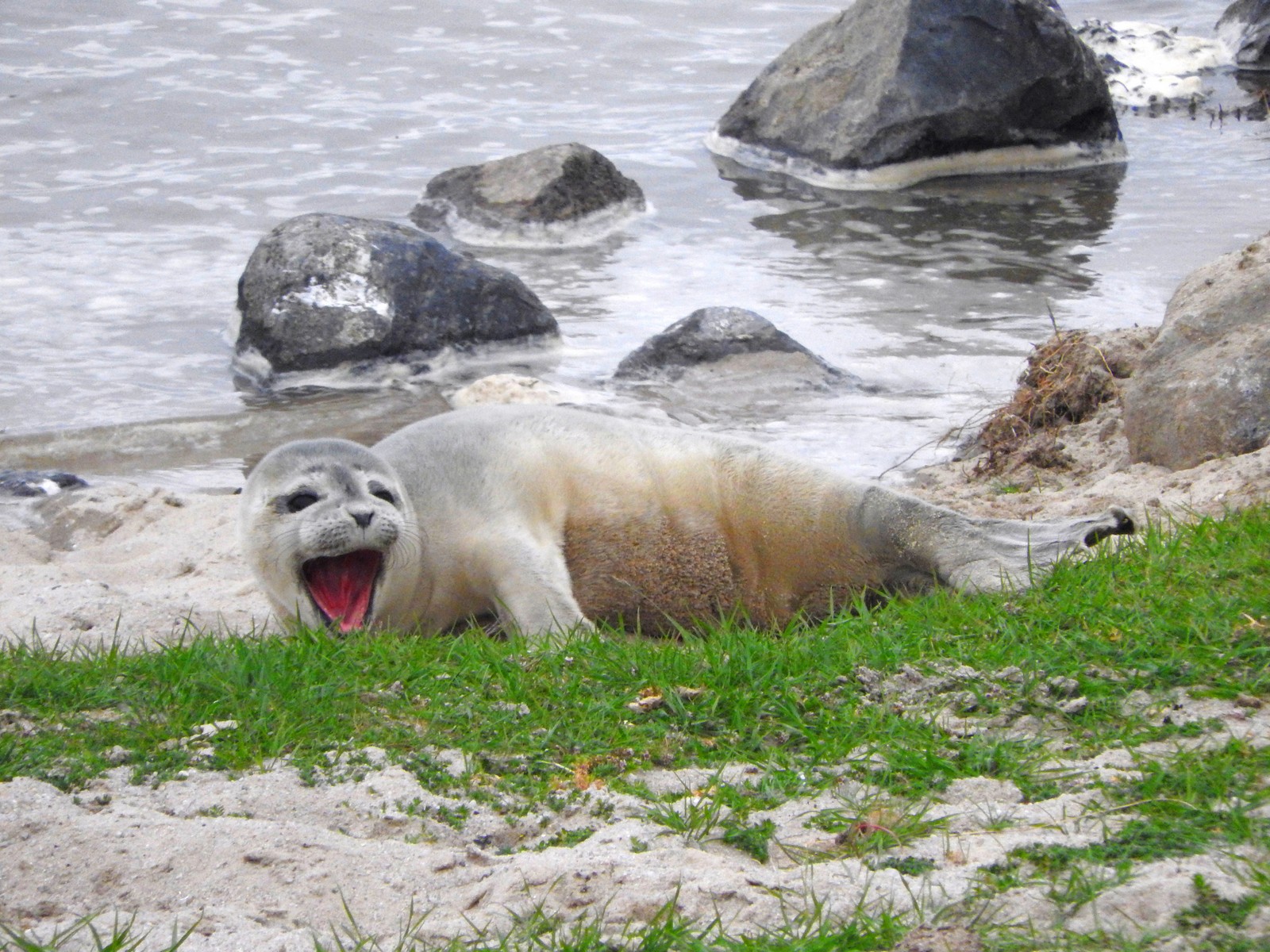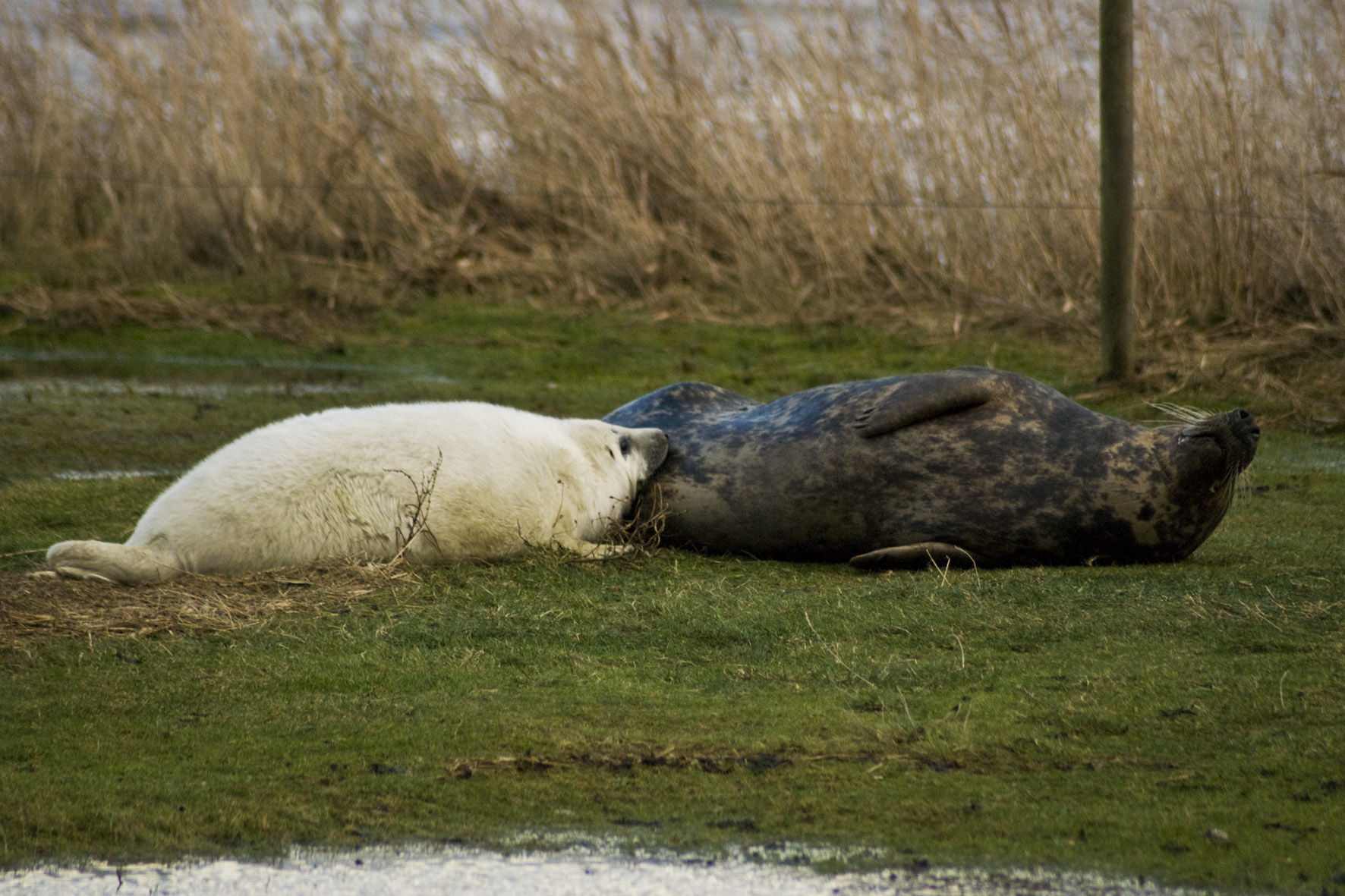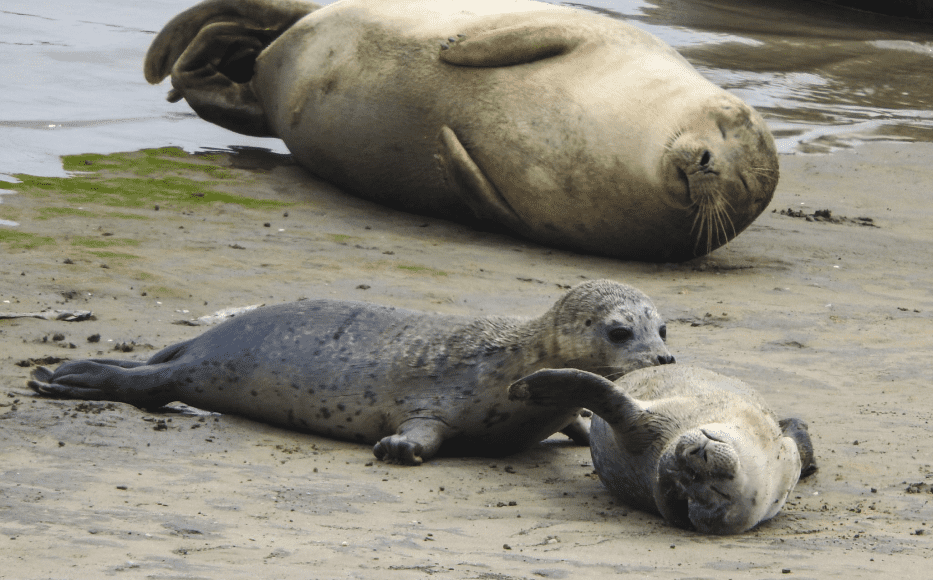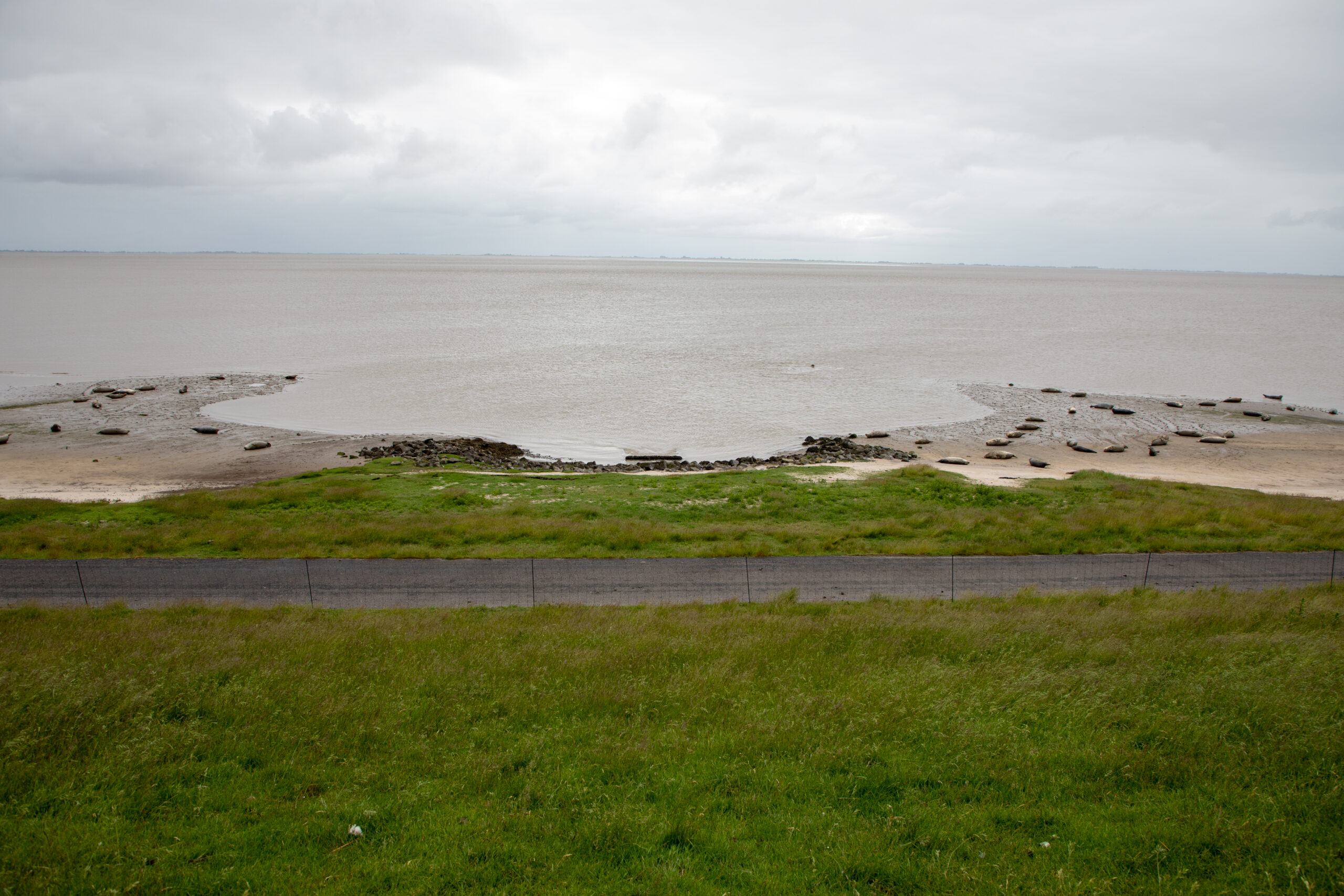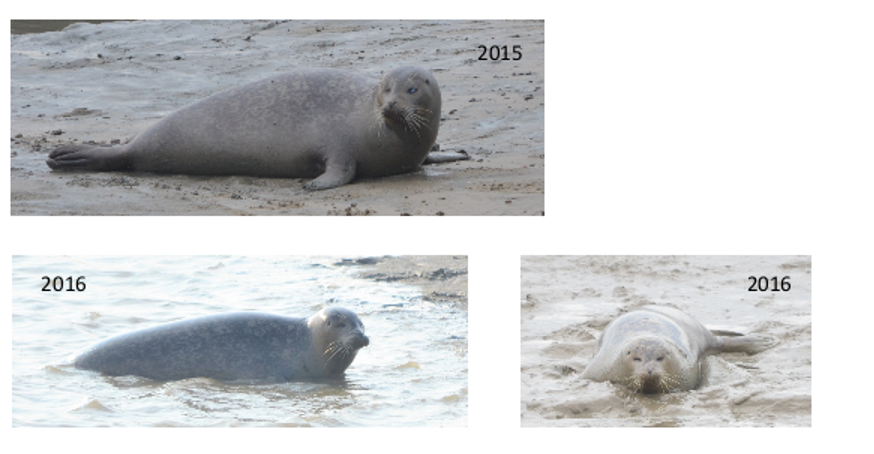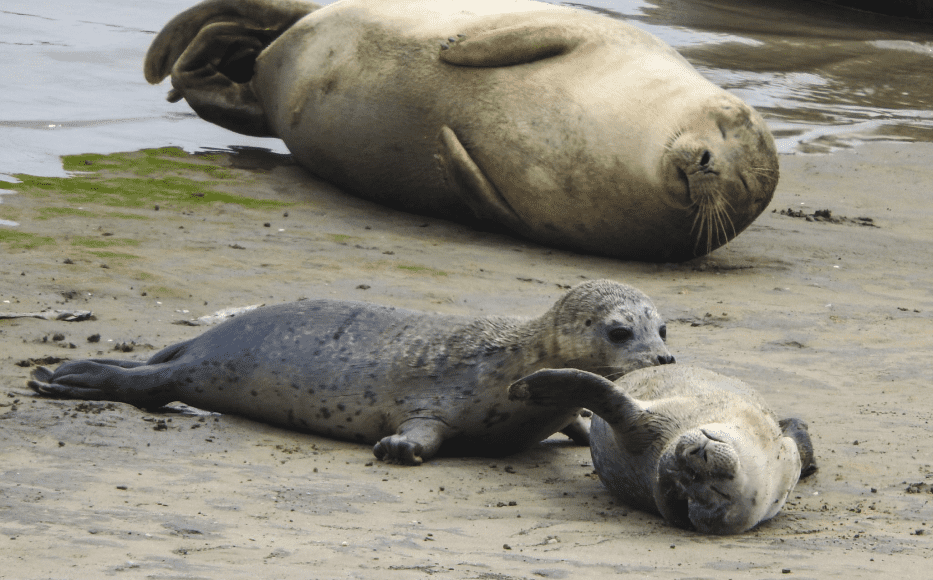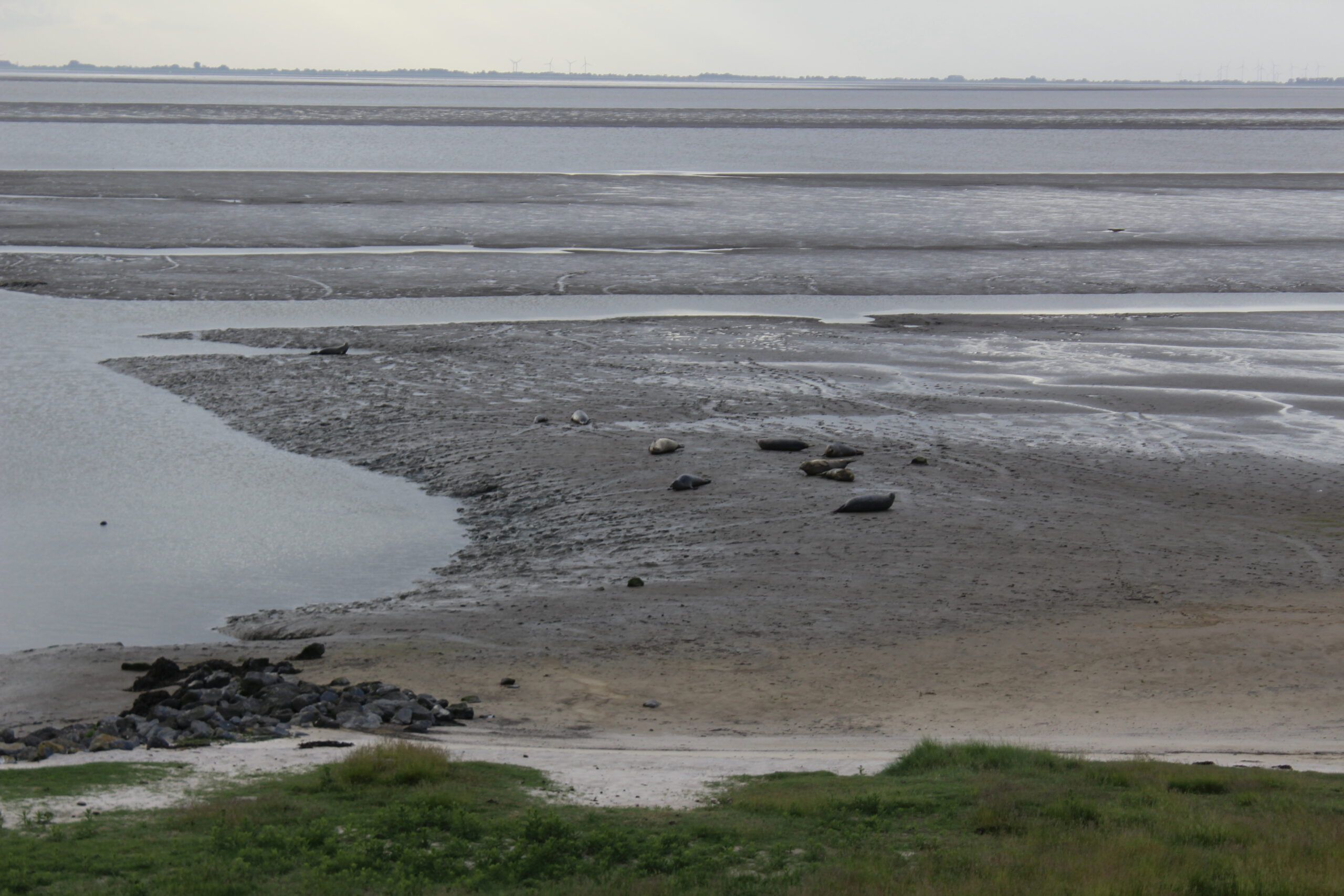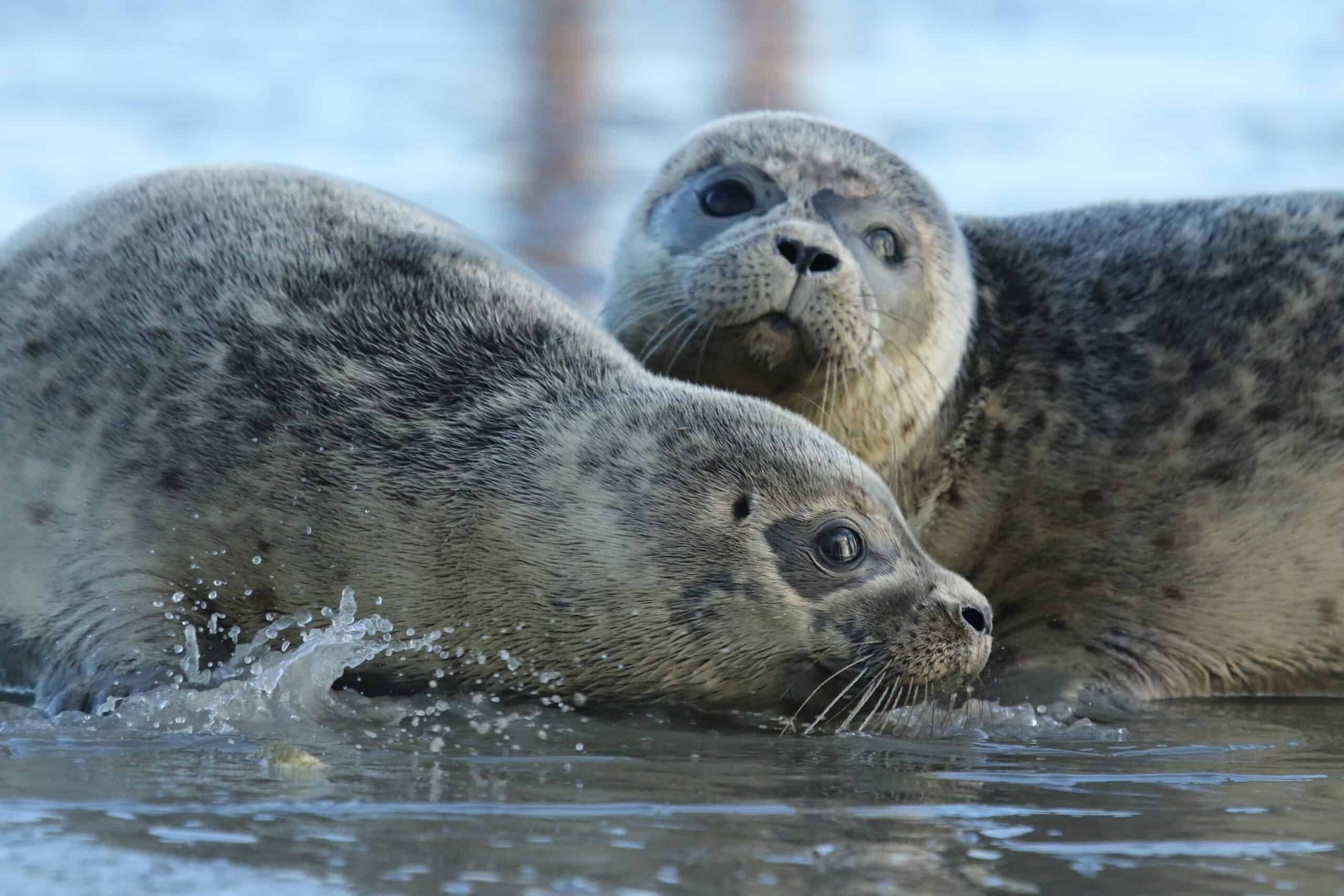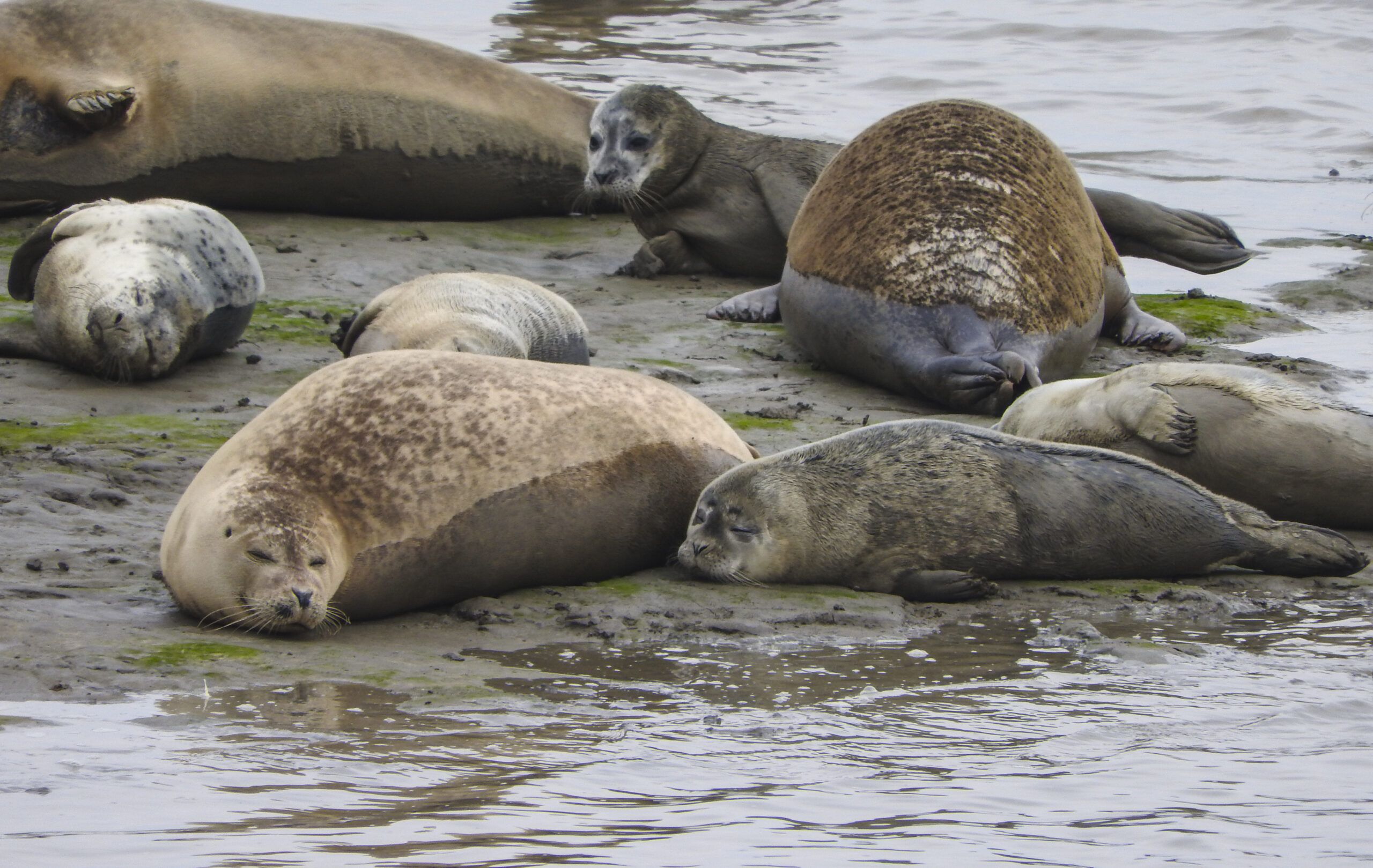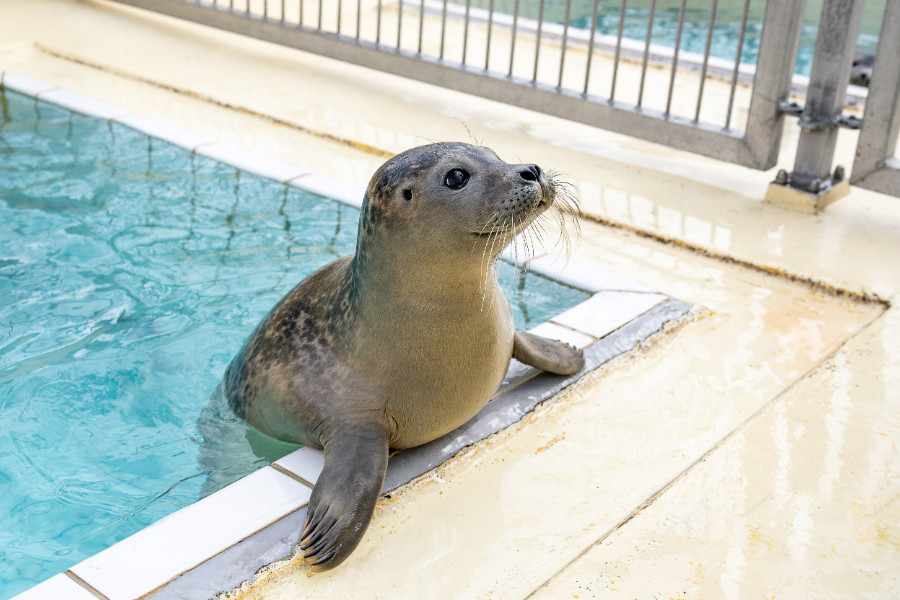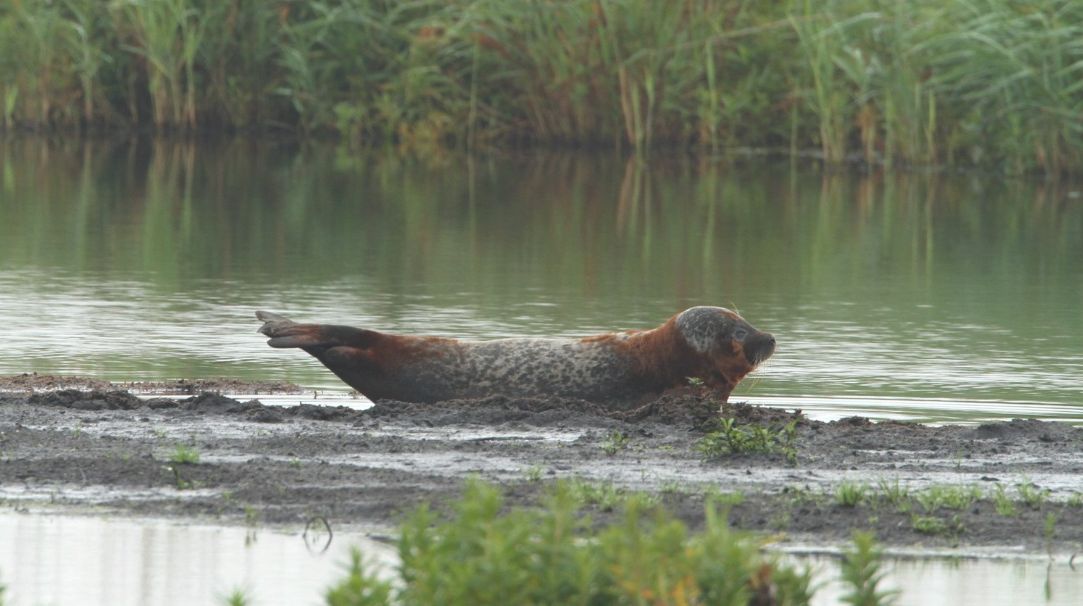Seal mother also let pups be
Research in the Dollard has been ongoing since 2015. In all these years, several results have been achieved. We have learned more about the behaviour of seal mothers and their pups. We have also been able to use the results to adjust our rehabilitation policy: we now observe seal pups longer and catch fewer pups. Below we share the insights we've gained so far.
See also
First insights
We used to think that a seal pup lying alone along the shore had been abandoned by its mother. They were also called 'howlers', because of the sound they made. But were they really abandoned? Our researchers have followed several mothers over the past few years. They looked at how long it took them to return to their pups.
Thus, we found that puppies were regularly left alone for a while (see the picture below). Some mothers even stayed away for eight hours. Then they would reappear and give their pup milk. This means that a pup alone is not necessarily abandoned. Seal mothers also have to look after themselves and hunt for food. It is quite normal that she cannot be with her pup all the time.
Peculiar behaviour of seal mothers and pups
The researchers also looked at the behaviour of mothers and their pups as well as pups of other mothers. They found out that the pups not only drink from their own mother, but also join in drinking from other mothers. Not all mothers allow this; there are mothers who only give milk to their own pup (see image below). But there are also very social mothers, who let dozens of other pups suckle. One mother gave milk to 33 different pups!
Seal pups cannot survive on the milk of other mothers alone. For the first 7-11 days of their life, the pup drinks from its own mother, after which the mother sometimes lets other pups drink from her. If a pup loses their mother within that first 7-11 days time, they can get milk from other mothers. This does not mean that the abandoned pup will survive with only milk from other mothers. In fact, the pup gets most of its milk from its own mother. So other seal mothers cannot replace their own mothers, but collectively they can care for several pups. It is like a daycare centre for seals.
Less rehabilitation, more observation
This research has allowed us to change our seal rehabilitation rules. Thanks to these discoveries, seal guards observe pups that are alone for up to 24 to 48 hours. This is a lot longer than before. This gives pups a greater chance of staying with their mothers. Only pups who have really lost their mothers are now taken in.
